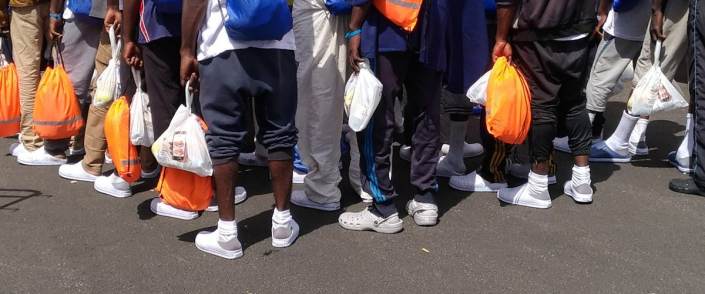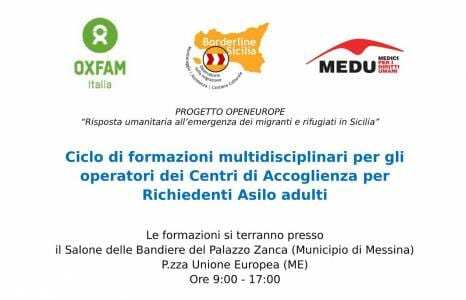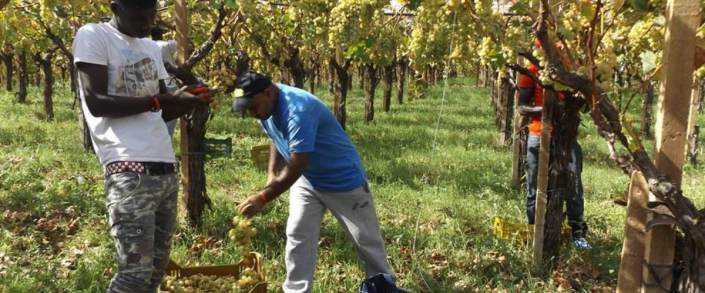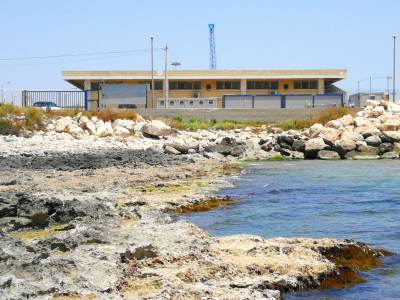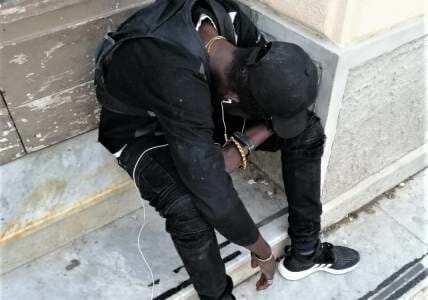“Don’t Call Them Economic Migrants”. MEDU Explains the Exodus to Europe
An
interactive map shows refugees’ voyages, from desert to boat. Ninety
per cert of them are victims of violence, abuse and psychological
trauma. “The dichotomy of economic migrant and refugee isn’t up to
explaining a complex reality like this.”
ROME
– When Shiva draws the sea it’s always black. Having left Libya at
only 10-years-old, the Mediterranean is always an image of death and
pain for her, things which she saw for her own eyes when she
miraculously survived a shipwreck. Together, her drawings represent
the eye witness accounts of so many migrants we have met across
Italy, from Sicily to Venitmiglia, who have put together the
‘Esodi'(Exoduses) interactive map, together
with MEDU (Doctors for Human Rights), which was presented in Rome
today. The thousand people interviewed (870 men and 130 women,
including 133 minors) reflect the voices of the protagonists of the
journey to Europe, a journey which forthe vast majority is accompanied by trauma, torture and violence.
“These
people are telling us about the tragedy and hope of our times”
emphasised Alberto Barbieri, President
of MEDU. “Their many stories, in all their diversity, nonetheless
provide a general account of the terrible difficulties they, like
everyone, have gone through. The journey across the Sahara, the
violence, the torture in the detention centres at the hands of the
traffickers and the police, especially in Libya – and finally the
journey across the Mediterranean. Voyages dictated by the necessities
of survival.”
MEDU’s
interactive map reconstructs a picture of a forced Exodus which
disrupts the underlying justification for the tidy division between
economic migrants and asylum seekers.
“Less than 10% of them
have said they moved for economic reasons, while more than 90% have
experienced torture, violence and inhumane, degrading detention”,
Barbieri adds. “Despite this fact, the number of migrants receiving
a rejection to their demands for international protection is
constantly going up. In 2016, 62% of requests have been rejected”,
he explains. “This is because the rigid dichotomy between refugees
and economic migrants is based on a design which is no longer up to
providing an accurate
image of a complex reality.”
According
to Flavia
Calò,
who heads up the MEDU team in Sicily, there is a further problem for
migrants who have experienced trauma in recounting their journey
to the Territorial Commission, the body charged with judging requests
for asylum. “Sometimes the questions put by the Commission place
people in real difficulty” she explain. “Not everyone manages to
talk about everything that’s happened to them. In torture cases,
there’s often a feeling of shame. Work has to be done on building
relations of trust via psychological support, but most of the time
this simply doesn’t happen.”
Among
the accounts reported in the map there is one
provided
by Ibra, who tells of his journey from Niger to Libya: “I
left on a truck with more than 100 people. There was food and animals
inside with us”, he explains. “During the voyage we went through
various check points and were beaten. When you’re in the hands of the
traffickers, you have no choice, you don’t know what might happen to
you.” One part of the map is dedicated to women’s stories: the
majority
of them have been victims of sexual violence and human trafficking.
(ec)
Project
“OpenEurope” – Oxfam Italia, Diaconia Valdese, Borderline
Sicilia Onlus
Translation
by Richard Braude

